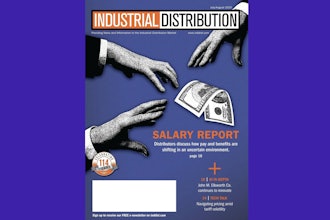Historically, the distribution sales process has been largely artisan — with field salespeople making their own decisions about how they go to market with little oversight from sales management.
Here are three reasons why that has to change:
- Customers are changing the way they buy. Much of a customer’s shopping is done before they even reach out to a sales rep, challenging the outside salesperson’s traditional role as a source of information about products.
- The Internet has contributed to an unprecedented level of price transparency. To avoid a race to the bottom, distributors must rethink how they can use field sales in a more consultative role for the customers that want and need it – and are willing to pay for it.
- Customers’ expectations are rapidly changing. They expect the supply chain to function well and in large part it does (thus reducing the need for a rescue by their sales reps). And they expect an order process that is seamless (and can be handled by a more cost-effective, easy-to-use channel).
Distributors should use a multichannel approach to meet the needs of customers in this changing environment and deploy their field sales more strategically. Despite the above shifts, why haven’t many distributors acted? What’s keeping them from changing their sales model?
For most, it’s fear.
Distributors are afraid that if they change too quickly, they’ll lose their best sales reps and with them, their best customers. They’re also afraid that reducing the role of field sales in the company will result in fewer sales.
So what’s the answer? How can distributors set aside that fear and adapt their sales model to this new market reality?
The punchline is that you must start the change management process and not stay stuck. There is a cost to wait that is unseen but growing.
Learn more about the changing role of the salesperson in this video:
This blog was originally posted by Indian River Consulting Group here






















